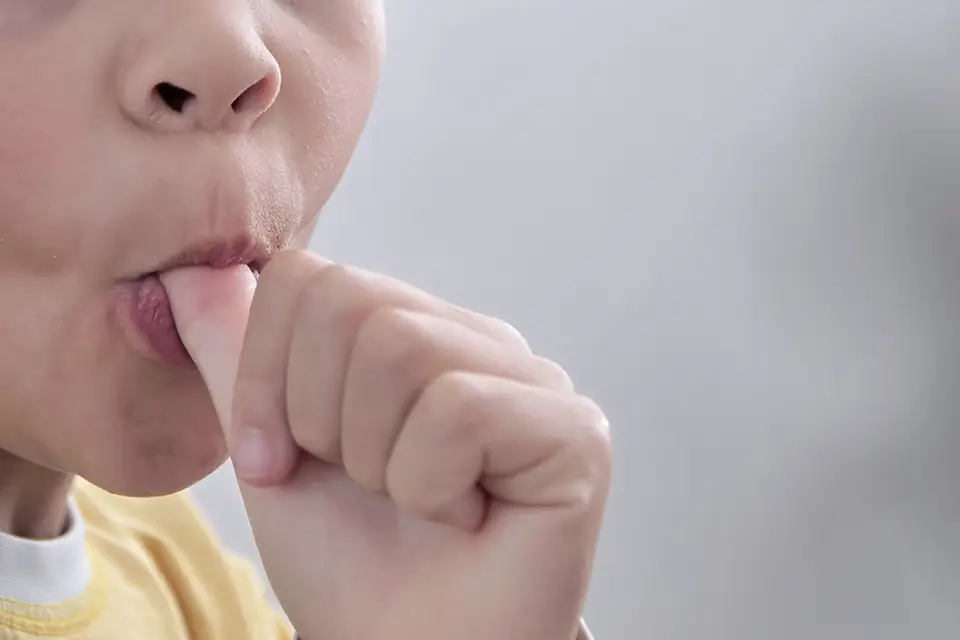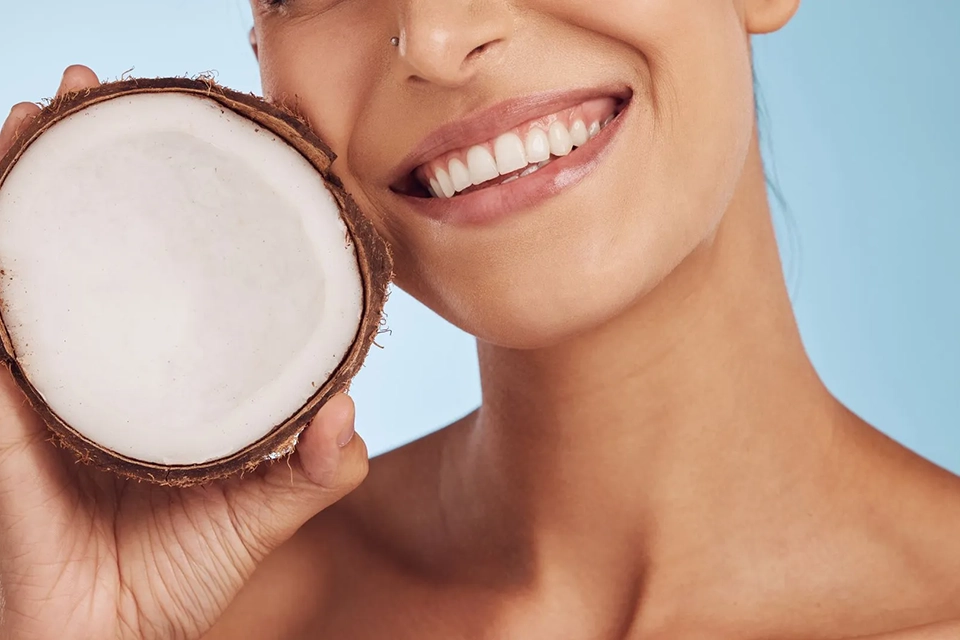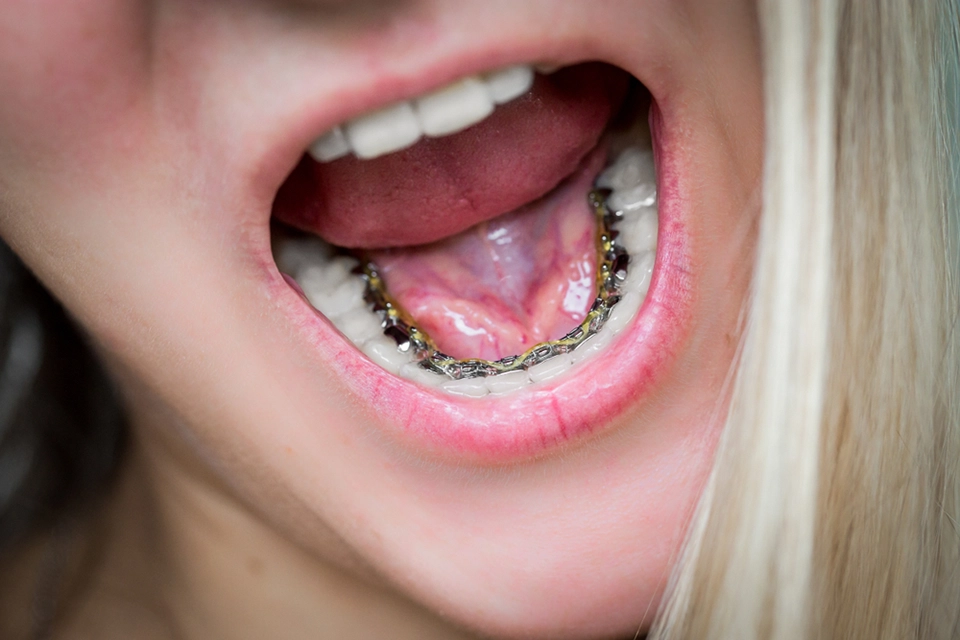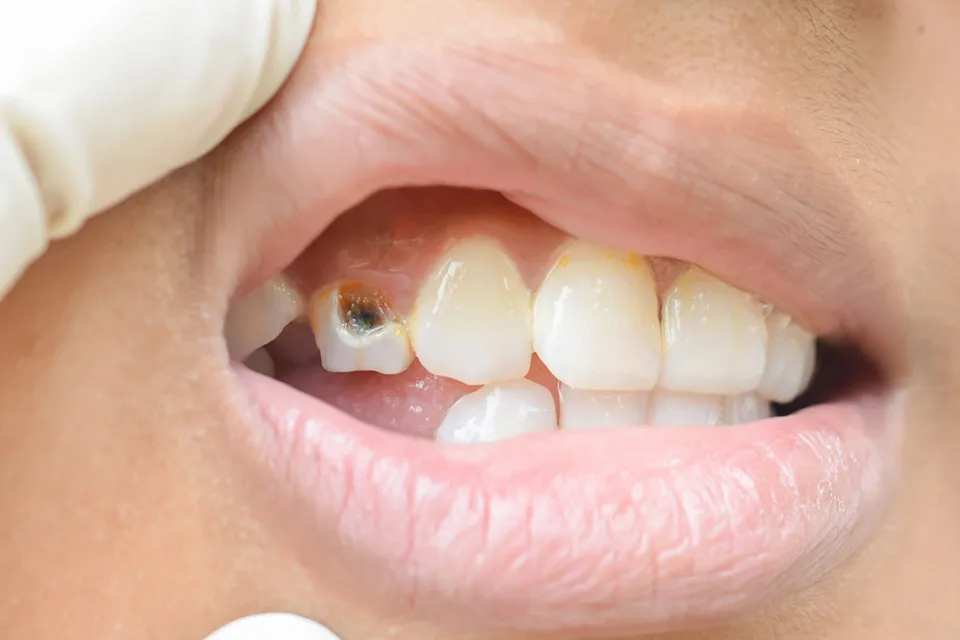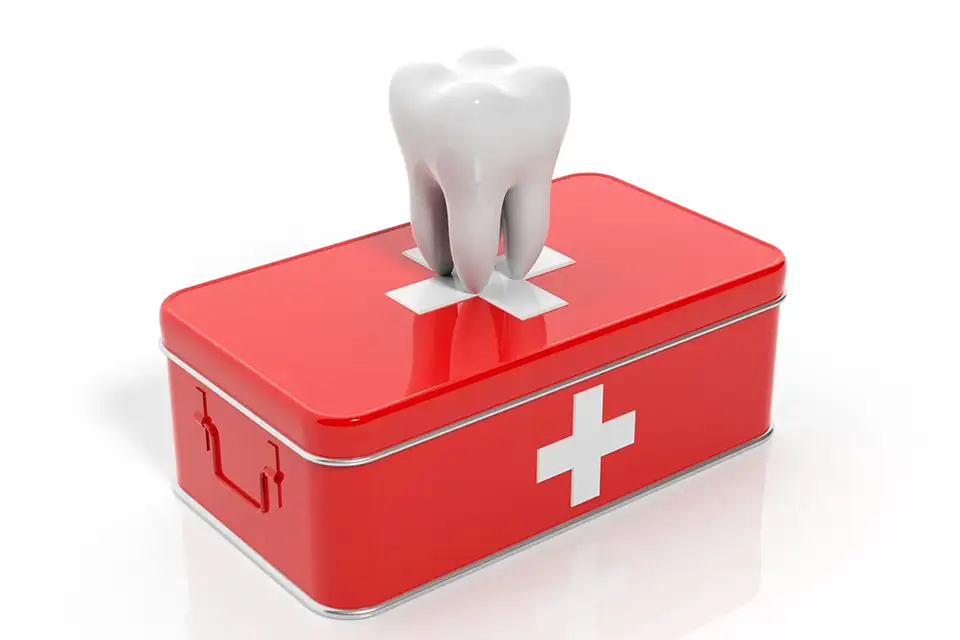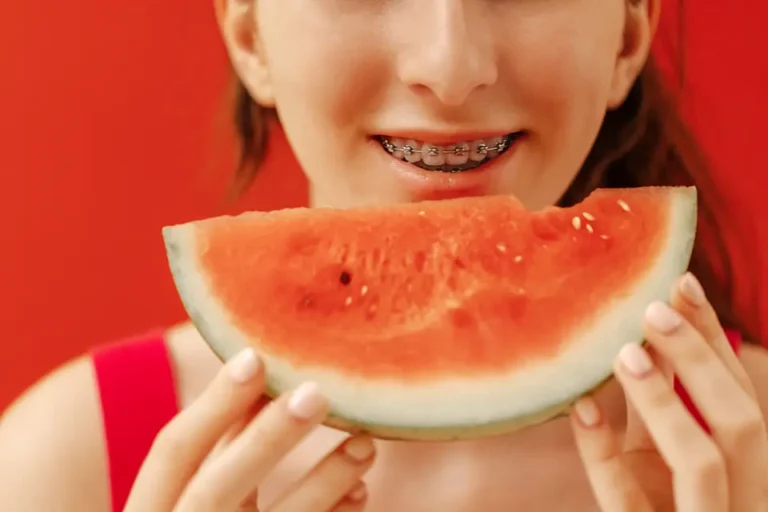Braces are worn commonly to help align one’s bite properly and also straighten their crooked teeth. Orthodontic spacers for Braces can also be referred to as separators. They are often used in the early stages of braces treatment. One has to temporarily wear them to create a little bit of space in their back molars because metal bands will be placed there to connect the archwire.
You may wear the spacers for about one or two weeks before your orthodontist installs bands on your back teeth. It is worth noting that your orthodontist uses orthodontic spacers to prepare your mouth and teeth, so they are ready for braces. Although you will not have spacers for long, you will have to make sure you take good care of them while you have them on.
What is Orthodontics
Orthodontics is a specialty in dentistry. It treats, prevents, and diagnoses misaligned bite patterns and malpositioned jaws and teeth. It also focuses on changing facial growth, which can also be referred to as dentofacial orthopedics. Your regular doctor can refer you to an orthodontist if you need orthodontic treatment. An orthodontist studies for an additional two or three years to specialize in orthodontics. They learn how to ensure you have healthy jaw growth, guide facial development, and safely move a patient’s teeth into proper alignment.
There are different types of orthodontic problems. For instance, orthodontic misalignments known as malocclusions are often an indication of various conditions. Inherited malocclusions can include spacing problems, protruded or crowded teeth, extra teeth, and jaw growth problems. Accidents, thumb sucking, retaining baby teeth, losing baby teeth prematurely, and specific types of dental diseases may also require orthodontic treatment.
Other than improving self-confidence, correcting dental problems is crucial for multiple dental health reasons. Orthodontic misalignments can make one experience difficulty in speaking and chewing. It is also pretty difficult to clean teeth that are overlapping or crooked. This can result in one having gum disease or tooth decay.
Why do I need Spacers for Braces?
While spacer for braces is a common braces treatment aspect for many patients, everyone does not necessarily need spacers as part of their treatment. So what do spacers for braces do? You need spacers for braces if your teeth are nestled close, which is the case for most people. Therefore, spacers are an essential part of treatment because they help create space for where the metallic bands will get installed. However, note that your orthodontist may not need to use metal bands as part of your treatment. Your case will determine whether they are necessary or not.
It is also worth noting that some patients have sufficient space between their teeth, so they do not need orthodontic spacers pain relief. As mentioned earlier, in most cases, you will wear a spacer for braces for about a week or two before getting your braces installed. But, in specific cases, you may have to wear spacers throughout your treatment or for a significant part of your treatment.
Therefore, you need a spacer for braces if your teeth are nestled together because they will gently create space between your molars. This makes it easier for your orthodontist to install the metal bands to anchor the braces appliance archwire. Since the metal bands are usually placed on your back molars, that is where your orthodontist will place the spacer for braces.
What Are the Benefits of Spacers for Braces?
Spacer for braces has multiple benefits. Listed below are some of the benefits.
- They create gaps between your teeth to have braces installed, which will help straighten your teeth.
- They improve your dental health, especially if you have crowded teeth, making you more susceptible to plaque and cavities.
- A dental spacer for child braces is also essential because it keeps a gap between their teeth, so the new adult tooth grows in the right spot.
- It makes it easier for your orthodontist to install metal separators braces.
- Spacer for braces also ensure that your orthodontic treatment is effective.
Types of Spacers for Braces
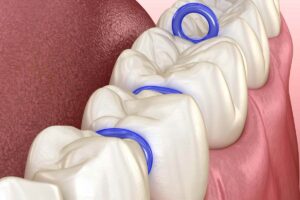
As mentioned earlier, you need spacers for teeth before getting your braces installed. Most people who have the conventional bracers installed will need spacers for braces. Spacers for teeth can be made up of different materials, but the most common ones are,
- Metal spacers are essentially small metal rings. These are inserted between your two back teeth.
- Rubber spacers are small elastic rubber bands or loops that are often blue. Your orthodontist will slide them between your molars.
The spacers for braces your orthodontist picks is dependent on the treatment method they are using and your case. However, in most cases, an orthodontist will use rubber spacers. Note that metal spacers are also as effective. Spacers for braces is usually included in your braces treatment. Therefore, you will not pay an additional cost for them.
When your spacers for braces are applied, you may feel some pressure or discomfort, an indication that they are creating the space needed for braces in your teeth. When you have spacers first installed, you may feel like there is food stuck between your teeth. The process is quite simple. Your orthodontist uses special instruments to install the spacers for braces between your back molars a week or two before they install your braces.
The spacers will be removed, and your orthodontist will install metal bands in their place. It is worth noting that you can only get spacers for braces if you are getting the traditional braces. For instance, if you want to straighten your teeth but prefer to use Invisalign, you will not need spacers in this case.
Pain and Discomfort
As mentioned earlier, spacers for braces is placed in a specific part of your teeth so they can create some space between the teeth to make it easy for your orthodontist to install your braces. Therefore, you are likely to experience a certain degree of pressure when the spacers for braces is applied, leading to pain or discomfort. While the process may be uncomfortable for a patient, most report that generally, the pain is not extreme. However, it is worth noting that pain is relative, and factors like how close your teeth are nestled and sensitivity will affect how much pain or discomfort one feels.
If your teeth are closely nestled together when the spacers for braces is applied, you will feel more discomfort. As aforementioned, the discomfort can be compared to that of having food stuck between your teeth. Luckily, this discomfort does not last long. As your teeth adjust and get used to having spacers for braces in between them, the discomfort gradually goes away. In about two or three days, your teeth would have stopped hurting. However, you may feel a sensation of pressure from the spacers throughout the period they last in your teeth. Feeling this is normal since it is an indication that they are working.
If the discomfort and pain persist, there are multiple ways in how to relieve pain from spacers in teeth. For instance, you could take an Advil or ibuprofen to ease the pain or soak a clean washcloth in cold drinking water and suck on it. Alternatively, you could drink a cool smoothie or any other cool beverage to soothe the pain.
Another orthodontic spacer pain relief method is rinsing your mouth with a warm water and salt solution about three or four times every day. When you get your braces installed, you may also experience pain, discomfort, or pressure during your treatment period. Luckily, there are multiple ways to get rid of the discomfort during your treatment period.
What to Eat
Before we get into what to eat when you have spacers in your teeth, you need to note that you must be careful with them once your orthodontist has applied spacers for braces in your teeth. Ensure that you do not loosen them from your teeth despite how much discomfort they cause you. Avoid eating any gummy or sticky food since they can potentially pull out your spacers when they stick on them. If the spacers are causing your teeth discomfort, eating soft food will be the best option. The food will be gentle on your teeth and the spacers, and you do not have to worry about it dislodging your spacers.
You should also keep in mind that it is important not to floss the area the spacers are or eat food that could get jammed in between your teeth during this period. Listed below are some of the things you can eat when you have spacers for braces applied to your teeth.
- Steamed vegetables (ensure that they are cut into small pieces)
- Soup
- Protein shake
- Smoothies
- Mashed potatoes
- Applesauce
- Oatmeal
- Yogurt
Listed below are foods you need to avoid eating.
- Avoid chewing ice
- Crunchy and hard foods such as nuts and pretzels
- Hard and sticky candy such as toffee
- Gummy candy or gum
How to Clean and Care for Them
Although you only wear spacers for braces for a couple of days, you must take proper care of them to make sure they do not fall out. You will continue flossing and brushing your teeth regularly. However, you need to ensure that you avoid flossing the spaces in your teeth where the spacers are placed. Flossing or brushing the areas the spacers are located could dislodge them.
When you brush your teeth, instead of brushing them vertically up and down, brush them side to side to avoid moving the spacers from their right position. As aforementioned, you need to be extra careful with the food you consume since certain types of food will dislodge the spacer for your braces. It would also be best not to pull or pick at your spacer for braces to avoid dislodging them.
There is no cause for alarm if the spacer for your braces falls out a day or four days before you visit your orthodontist. This is usually an indication that they have successfully achieved their task of creating sufficient space for your braces to be installed. Suppose they fallout after 4 days prior to your next appointment with orthodontist. They may have to be applied again. Therefore, it would be best to contact your orthodontist when that happens for more information.
If you are concerned about how to take spacers out of your teeth, you do not have to worry about it. Your orthodontist will take them out on your next visit. Removing spacer for braces is a relatively simple procedure that does not last long. Your orthodontist will use a small tool for popping them out. It will even be easier to pop them out if they have achieved their purpose of creating sufficient space.
Rubber Bands vs. Spacers for Braces
It is essential to note that an orthodontic spacer for braces is a medical device. They should not be used at any point without the supervision of an experienced and professional orthodontist and their assistant or staff. Although elastic rubber band spacers resemble regular rubber bands, regular rubber bands cannot perform the task of a spacer for braces.
Do not use traditional rubber bands since they could cause inflammation in your gums, cause an infection, or damage your gums and teeth. Ensure you follow all the instructions given by your orthodontist and ask for clarity when necessary. Avoid putting rubber bands or any other material on your teeth if your orthodontist has not recommended it.
Spacers for braces is put with the intent of creating space between crowded teeth so an orthodontist can have an easy time installing your braces. As aforementioned, they are only necessary for people whose teeth are not spaced out, and they need to have traditional braces installed. Your oral health is essential, and at Zara dental Clinic in Houston, Texas, we are dedicated to changing lives a smile at a time. Contact us and book a consultation with us and let us give you your smile back.

